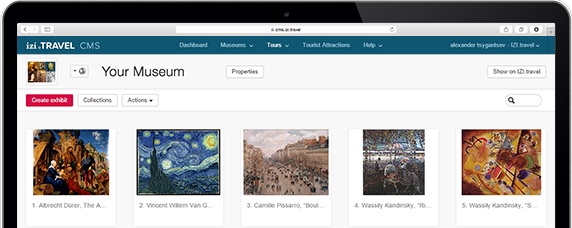Helsinki Cathedral (interior)
Helsinki Cathedral (interior)
The interior of the cathedral with semicircular colonnade, pulpit and organ were designed by Engel. The altarpiece was painted by Neff, whose best works adorn the Saint Isaac's Cathedral. It was presented to the church by the Russian Emperor Nicholas I. Three sculptures stand near supporting pylons. This is the founder of Protestant Reformation movement Martin Luther. The Lutheran denomination of Christianity was named after him. The majority of Finns profess Lutheranism.
The second sculpture is dedicated to a famous German humanist and a close associate of Martin Luther, Reformation theologian Philipp Melanchton, who presented the new doctrine of Christianity - Lutheran doctrine, known as the Augsburg Confession.
And finally, the third sculpture – a highly revered priest in Finland, Mikael Agricola, who led the Finnish church reform, resulting in establishing Lutheran Church in the country. A characteristic feature of this denomination is that a worship service is held in native language, not in Latin that was adopted by the Catholics Church. Agricola translated the New Testament and parts of the Old Testament into Finnish, and published a prayer book in Finnish. His first book was a primer, published in 1542. This year is considered the year of creation of the Finnish writing system, "ABC book"- the first Finnish book, and Agricola - the founder of the Finnish written language.
After having acquainted with the interior of the cathedral, go to the terrace above a flight of stairs 10 meters high to admire the view of the square, bounded by the Aleksanterinkatu Street. It is named after the university, which was called the Imperial Alexander University during the period when Finland was a Grand Duchy of the Russian Empire. Therefore, it can be considered that the street is named after Alexander I. But once the emperor refused to name a street after him, and suggested another name - the street of the Union, after the Union between Finland and Russia. The street still bears this name - it is the Unioninkatu Street, which bounds the square on the west side.
Low houses of merchants, traders, burghers, bounding the Senate Square at Aleksanterinkatu Street, belong to the first half of the 19th century.
Now let’s exit the cathedral through the main entrance
The second sculpture is dedicated to a famous German humanist and a close associate of Martin Luther, Reformation theologian Philipp Melanchton, who presented the new doctrine of Christianity - Lutheran doctrine, known as the Augsburg Confession.
And finally, the third sculpture – a highly revered priest in Finland, Mikael Agricola, who led the Finnish church reform, resulting in establishing Lutheran Church in the country. A characteristic feature of this denomination is that a worship service is held in native language, not in Latin that was adopted by the Catholics Church. Agricola translated the New Testament and parts of the Old Testament into Finnish, and published a prayer book in Finnish. His first book was a primer, published in 1542. This year is considered the year of creation of the Finnish writing system, "ABC book"- the first Finnish book, and Agricola - the founder of the Finnish written language.
After having acquainted with the interior of the cathedral, go to the terrace above a flight of stairs 10 meters high to admire the view of the square, bounded by the Aleksanterinkatu Street. It is named after the university, which was called the Imperial Alexander University during the period when Finland was a Grand Duchy of the Russian Empire. Therefore, it can be considered that the street is named after Alexander I. But once the emperor refused to name a street after him, and suggested another name - the street of the Union, after the Union between Finland and Russia. The street still bears this name - it is the Unioninkatu Street, which bounds the square on the west side.
Low houses of merchants, traders, burghers, bounding the Senate Square at Aleksanterinkatu Street, belong to the first half of the 19th century.
Now let’s exit the cathedral through the main entrance
Download the free izi.TRAVEL app
Create your own audio tours!
Use of the system and the mobile guide app is free


